On July 4, 1776, the Continental Congress of the United States formally adopted the Declaration of Independence but no delegates had actually signed it. On August 2, 1776, the document became official.
Until an Executive Order of 24 June 1912, the American flag had no official proportions, arrangements, or guidelines for display. That it took almost 136 years before any rules were made about how to display the flag communicates that a focus on a national symbol is more of a recent phenomenon.
Artist Jasper Johns created his work, Flag, from 1954–1955. According to Johns, the inspiration came in a dream and he proceeded to create Flag using oils and encaustic (melted wax and pigment). The Museum of Modern Art tried to acquire Flag in 1958 but it was considered “potentially ‘unpatriotic’” by the Museum’s Committee and Board of Trustees. Seeing the work now, it’s difficult to see how it could’ve generated such trepidation. It was created in a moment that would seem so poetic to many: a dream realized into an artwork. The 48 stars and pieces of newspaper collaged into the artwork lend the work a specific place in time. And given the recent resurgence for the ‘good ol’ days’, I would think the work would be that much more popular now. That it wasn’t so readily accepted in 1958 possibly says something about how our society has changed.
his installation What is the Proper Way to Display a U.S. Flag? It prompted the audience to walk on an American flag in order to write in a blank ledger. The installation was accompanied by photos of the American flag being burned by South Korean students and photos of flag draped coffins. There were protests at the Art Institute of Chicago, threats were phoned in, and Congress moved to pass legislation to protect the flag. A disclaimer by the Chicago Police Department stated that anyone who would “publicly walk on… or defile the flag” could be arrested (Rao). That seems to add another angle to Scott’s work, one in which local law enforcement is intervening in the artist’s design for an artwork. I’ve heard the work described as being attention-seeking. But it seems to me that Dread Scott’s work brought up questions about how we feel about a symbolic object. Is our national identity more about our society and laws or are we so focused on a symbolic representation that any perceived slight is cause for violence? At what point does patriotism become compulsory? How far does it go? And who gets to define that?
Sources:
“Facts About the United States Flag | Smithsonian Institution.” Smithsonian Institution. www.si.edu/spotlight/flag-day/flag-facts. Accessed 4 July 2022.
“History of Independence Day.” National Park Service. www.nps.gov/subjects/nationalmall4th/history-of-independence-day.htm. Accessed 4 July 2022.
“Jasper Johns, Flag 1954-55 (dated on reverse 1954).” The Museum of Modern Art. www.moma.org/collection/works/78805. Accessed 4 July 2022.
Rao, Angelie. “What Is the Proper Way to Display the US Flag?: An Interview with Dread Scott.” The School of the Art Institute of Chicago. www.saic.edu/150/what-proper-way-display-us-flag-interview-dread-scott.html. Accessed 4 July 2022.
“What is the Proper Way to Display a US Flag? –Dread Scott.” Dread Scott - Revolutionary Art—Propelling History Forward. www.dreadscott.net/portfolio_page/what-is-the-proper-way-to-display-a-us-flag. Accessed 4 July 2022.















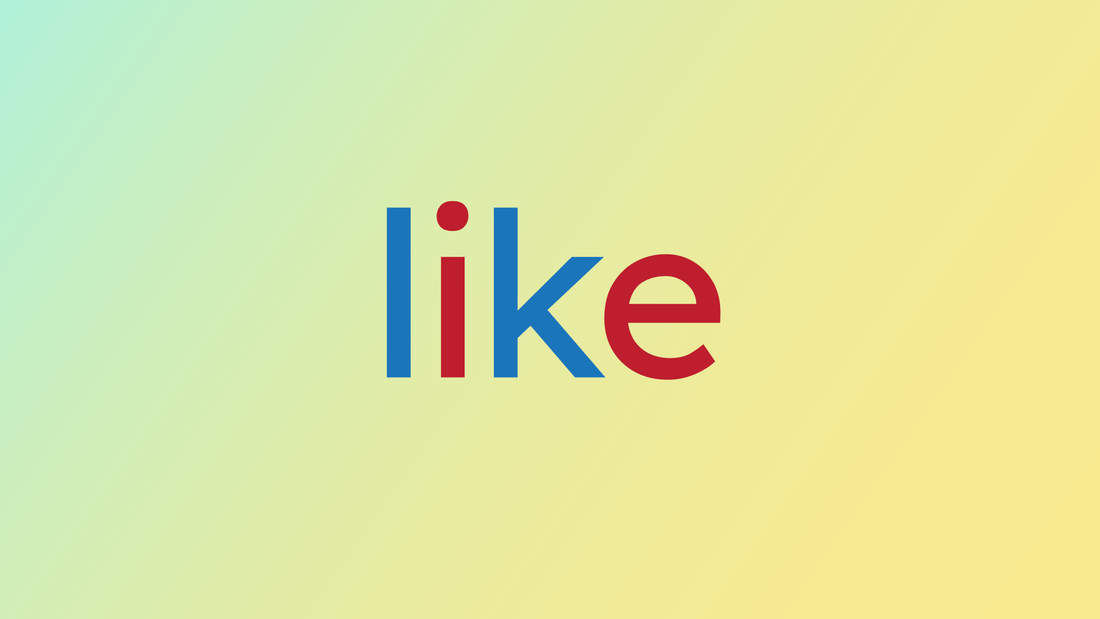


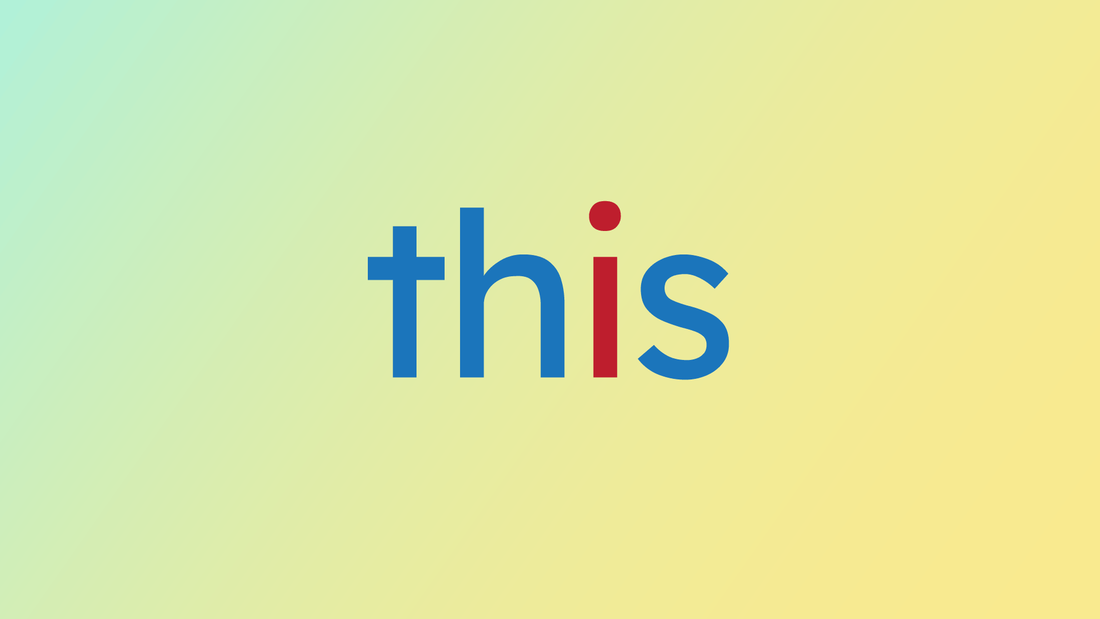


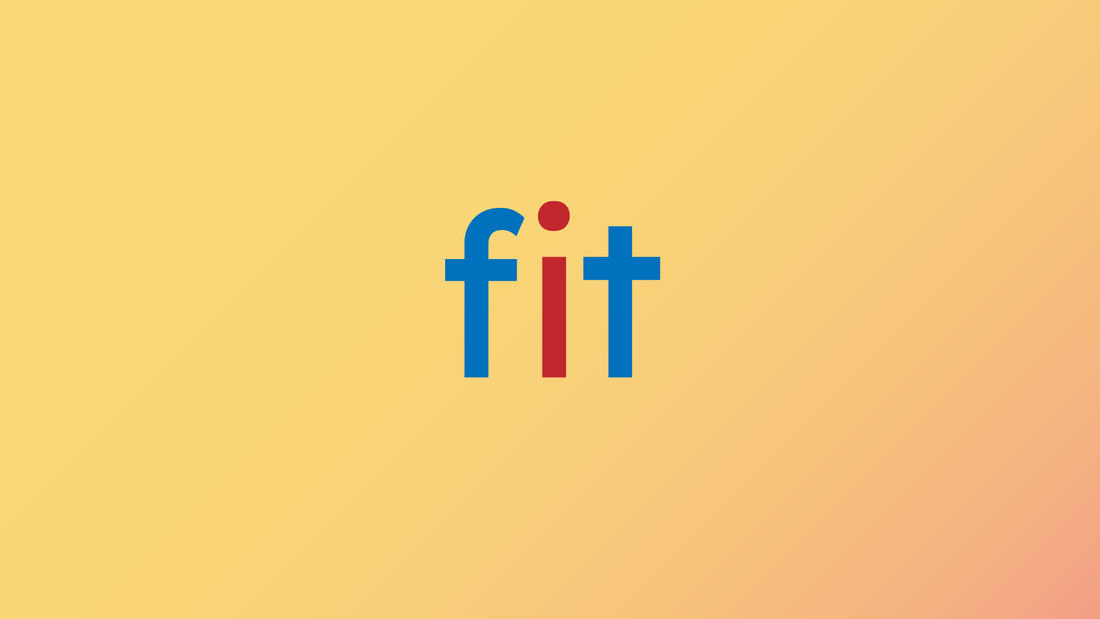
















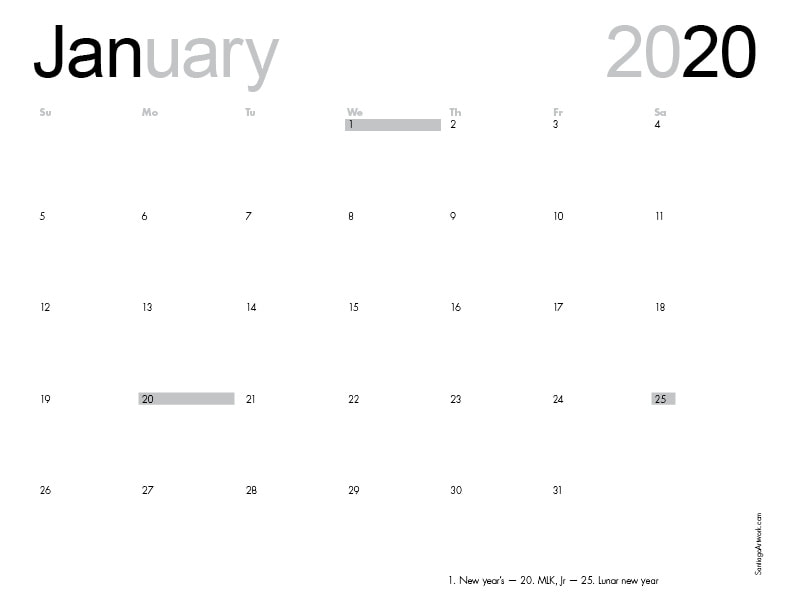
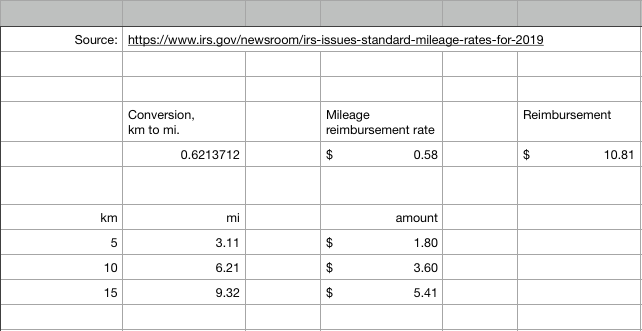
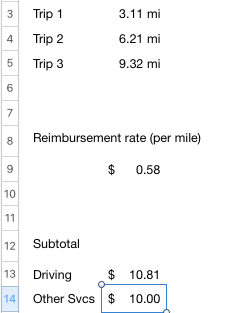
 RSS Feed
RSS Feed